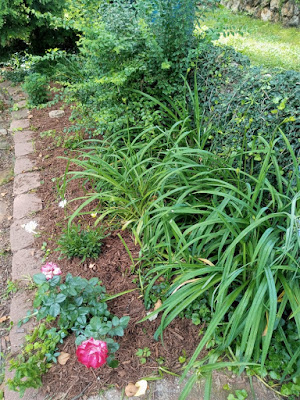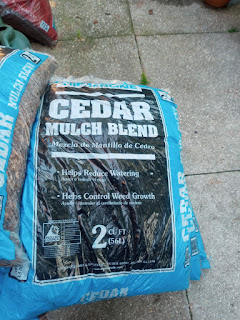When it
comes to planning your garden color theme it is important to choose colors that
are complimentary. A garden that has
good color flow is a sight to behold.
Many
gardeners will choose a monochrome color as their main color; white, yellow and
red are popular flower colors. These
colors look nice with the greenery contrast.
Other gardeners will choose three complimentary flowers for their
gardens and will plant them in sections.
In my
garden my primary color is yellow and my accent colors are pink-red and purple. The yard where my gardens are is large and
can support these bold colors.
Yellow
daffodils with purple crocus bloom in the spring followed by red tulips and
then yellow and purple irises, periwinkle and ajuga.
In the summer the color or my garden is as
follows; yellow lilies, with \purple verbena and magenta four O’ clock flowers and zinnias.
These are the primary colors of my gardens and I find the color wheel to be
appealing.
View this You Tube video to learn more about successful gardening with color.





